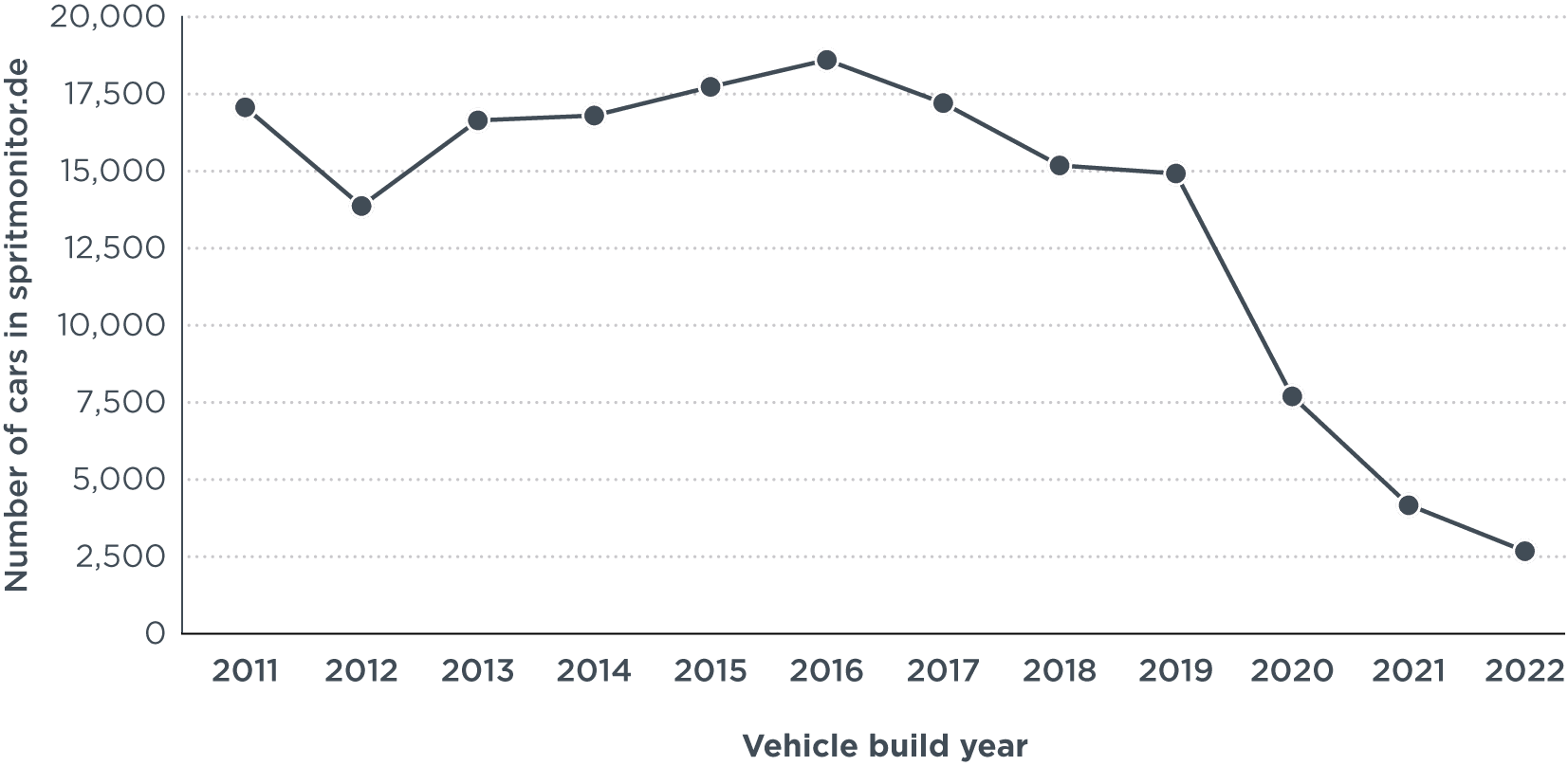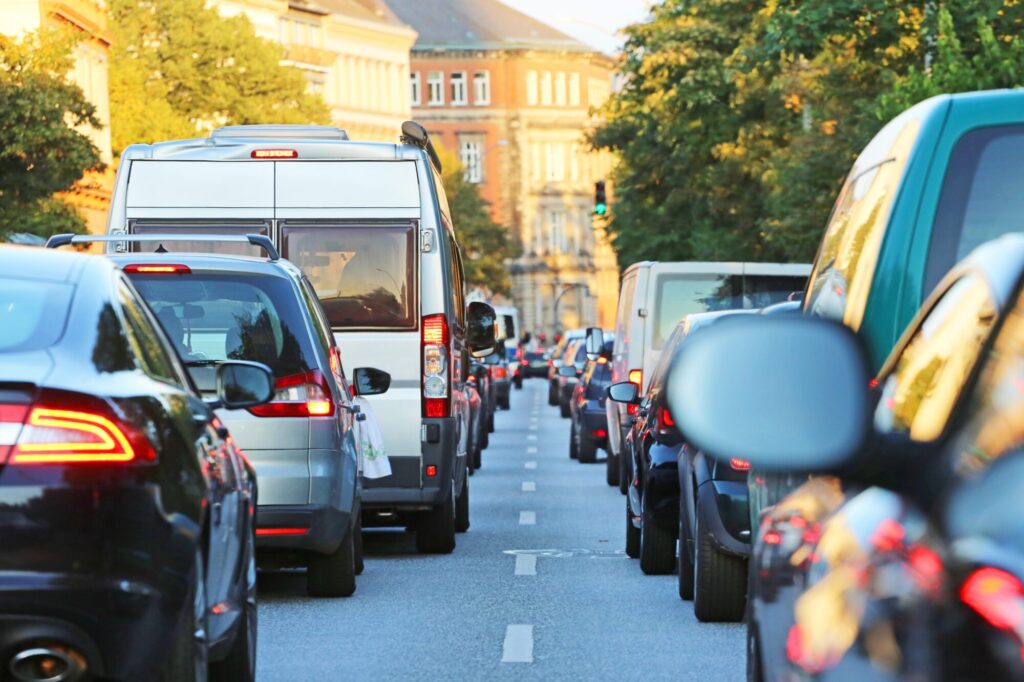This paper investigates what gaps or divergences exist between official and real-world data on CO.2 Emissions from passenger vehicles in the EU have evolved since the introduction of a new type approval test procedure, the World Harmonized Light Vehicle Test Procedure (WLTP). The results show that the disconnect between the real world and WLTP CO is growing.2 Emissions data for internal combustion engine vehicles and hybrid vehicles observed in the past for New European Driving Cycle (NEDC) type-certified vehicles.
Figure 1 shows that the official WLTP type approval CO2 Emission values are more representative of real-world values than those from previous NEDC test procedures. Our analysis shows a divergence of 7.7% in WLTP and 32.7% in NEDC in 2018.However, the gap between the real world and the official CO2 Emissions have increased by more than 80% in the five years since WLTP was introduced, reaching 14.1% in 2022.


Figure 1. Differences between real world and type approval CO2 Emission values for internal combustion engine vehicles and hybrid passenger vehicles registered in Germany. Data source: European Environment Agency (EEA) and spritmonitor.de
This widening gap reduces the effectiveness of the European Union's CO2.2 Exhaust pipe carbon dioxide reduction standards2 Emissions from cars and vans. Because CO2 Reduction targets are implemented by setting lower official CO targets.2 emissions. However, real-world CO reductions are decreasing because the gap between official and real-world emissions is widening.2 Emissions that exceed regulators' intentions.
Figure 2 compares official and real-world CO2 reductions.2 Official CO2 emissions fell by 19.5%, but as the gap widened, actual emissions fell by only 5.8% over the same period.


Figure 2. Type certification of internal combustion engines and hybrid vehicles and real-world CO reductions2 Emissions since the introduction of CO2 EU standards for 2009 and 2022. WLTP CO2 Emissions for 2022 were converted to NEDC equivalent values using a conversion factor of 1.21.
The analysis is based on the official CO2 It combines emissions data reported by the European Environment Agency (EEA) with real fuel consumption information from over 160,000 internal combustion engine and conventional hybrid vehicles reported by consumers on the spritmonitor.de platform.
The European Commission is mandated through the CO2 Mechanisms and processes need to be developed and standards regulated to prevent this gap from widening. For this purpose, actual fuel consumption data recorded by on-board fuel and energy consumption monitoring (OBFCM) devices should be used. However, the use of OBFCM data will enable the introduction of such a mechanism by 2027, although regulators expect this action to begin in 2030.
Based on their analysis, the authors offer the following recommendations to prevent gap widening and alleviate excess CO2.2 Reduce emissions caused by widening gaps using reliable and transparent data.
- The Commission may develop a mechanism to prevent further widening of the gap, and a proposal for such a mechanism is provided in this document. The described mechanism is aimed at both mitigating the growing gap and compensating for the excess real-world CO2 emissions emitted before the introduction of the compensation mechanism.
- If real-world consumption data for OBFCM is available, it will be possible to apply the correction mechanism from 2027.
- Estimates of actual fuel consumption may appear on consumer vehicle efficiency labels.
- Anonymized OBFCM data may be publicly available.
- OBFCM may be mandated for electric vehicles to ensure the availability of real-world energy consumption data.

